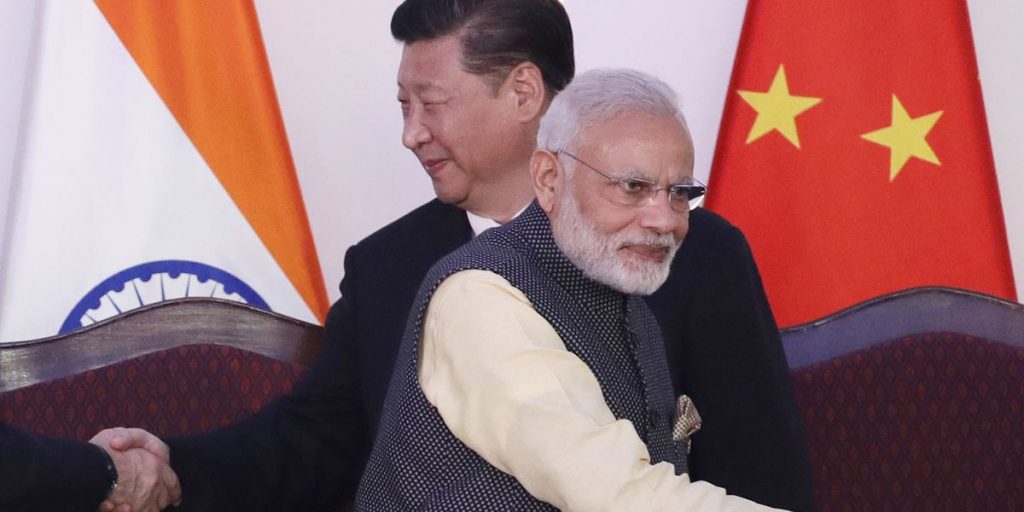
- China’s assertiveness bordering on bullying and expansionism gradually increased to convince the Quad countries to revive the dialogue in 2017
- India in conjunction with USA and Japan becomes an eyesore for the CCP because for China to be the ‘middle-kingdom’, India has to remain the second-fiddle in Asia
- Quad is geared towards the strategy of ‘Free and Open Indo-Pacific’ (FIPO), and there is only one country in the region that stands out for flouting UNCLOS rules, building artificial islands, territorial water disputes with many countries
- A Chinese mouthpiece’s article creates a scenario wherein India seems to be stuck in a zero-sum game- if it chooses Quad, it loses BRICS
- Quad is conceptualized exclusively with Chinese expansionism in mind, and its impact on the participating nations. It has clear strategic interests and implications.
- BRICS help voice concerns of those neglected by the USA led world order dominated by the developed world to the disadvantage of the developing world.
- BRICS is guided by long-term, legitimate goal of making the world order fairer for the global south.
- However, if push comes to shove, and India does come to a point where she has to choose between being part of only one of the two groups, India should choose the Quad.
A recent piece in a Chinese Communist Party’s mouth-piece newspaper accused India of becoming a burden for BRICS for its participation in the Quadrilateral Security Dialogue, commonly known as Quad. This comes in wake of the recently concluded Quad Summit and the upcoming BRICS Summit which is to be hosted by India. Why does India’s participation in Quad irk China, and what interpretations can be drawn from the Chinese objection to Quad? How would this affect BRICS and other similar platforms where India and China participate together, such as SCO? How would India balance seemingly conflicting foreign policy objectives in light of the current international political scenario?
India and Quad
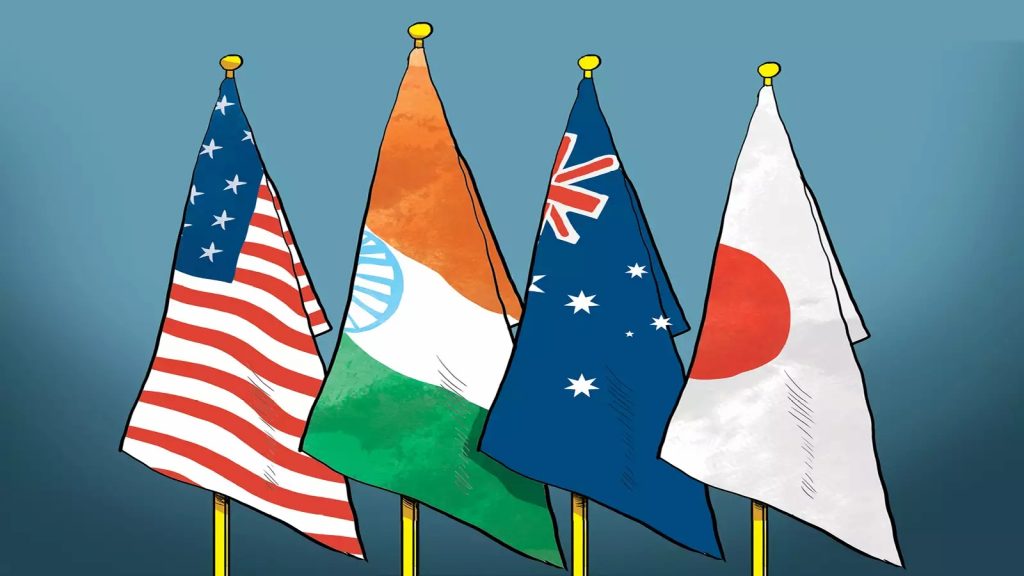
Quad is a strategic dialogue first proposed by Japanese Prime Minister Shinzo Abe in 2007 to create an ‘Asian Arc of Democracy’. Nothing substantial materialized then because India and Australia were unwilling to be part of something that was perceptibly targeted towards containment of Communist China. However, as Japan had foreseen, China’s assertiveness bordering on bullying and expansionism gradually increased to convince them otherwise, and the dialogue was revived in 2017. Meanwhile, Trump administration’s stance on China and the ensuing trade war further convinced USA of Quad’s utility.
On 12 March 2021, a virtual summit between the leaders of these four countries concluded with a joint statement titled ‘The Spirit of the Quad’ that iterated the participants’ commitment to rule based order, and countering threats to Indo-Pacific and beyond. It was also stated that the Quad seeks to strengthen democratic resilience and uphold peace and prosperity. Following this, China has conveyed its objections to each country. It is fairly easy to see why India’s participation in a strategic alliance that is formed seemingly with China in mind irks Beijing. India and China have been locked in an unstated competition for leadership of the ‘Asian century’ since their independence. While owing to its authoritarian political system China has surged much ahead with its approximately 15 trillion-dollar economy, democratic India has made sure but slow progress and stands at around 3 trillion dollars. The humongous difference speaks for itself. Economically, India is no competition for China anytime soon. But leadership doesn’t just derive from money. It is also influenced by allies, enemies, soft power and hard power capacity among other things.
US, China’s prime competitor, is increasingly convinced that China is an adversary to be dealt with, and simultaneously as India is overcoming its ‘sitting on the fence till the dust settles’ foreign policy, their interests are converging. China may not think much of India on its own, but in conjunction with USA and Japan, she becomes an eyesore for the CCP because for China to be the ‘middle-kingdom’, India has to remain the second-fiddle in Asia. Quad is still an informal dialogue only, but New Delhi definitely stands to gain from it in terms of strategic alliances, and perhaps even finance and technology transfer. It should be recalled here that, in the hey-days of the NAM, when India did become the prime spokesperson of the developing world, Chinese government openly stated its resentment at India’s ‘big brother’ attitude. Anything that enhances India’s clout and strength comes right in the middle of China’s march towards world domination.
The possibility of a strong Quad strategic alliance is detested by China for other reasons too. Ostensibly Quad is geared towards the strategy of ‘Free and Open Indo-Pacific’ (FIPO), and there is only one country in the region that stands out for flouting UNCLOS rules, building artificial islands, territorial water disputes with Japan, Philippines, Vietnam, Malaysia and more, illegal and unregulated fishing, and outright rejecting of Hague tribunal’s ruling. Quad strategic alliance focused on FIPO will naturally function in the geographic area that lies between these countries- Indian Ocean, Philippine sea (a portion of which is claimed as South China sea), East China sea and Pacific Ocean. This will make muscle-flexing in the region difficult for China. Its much-touted Maritime Silk Road will also face the risk of being in a pickle. Moreover, Quad is envisioned to ultimately include in itself, countries from Central Asia, South East Asia, Korea, Mongolia, etc- all states in China’s periphery but not China. So, if the Chinese do voice their objections to such a summit, it is understandable.
India and BRICS
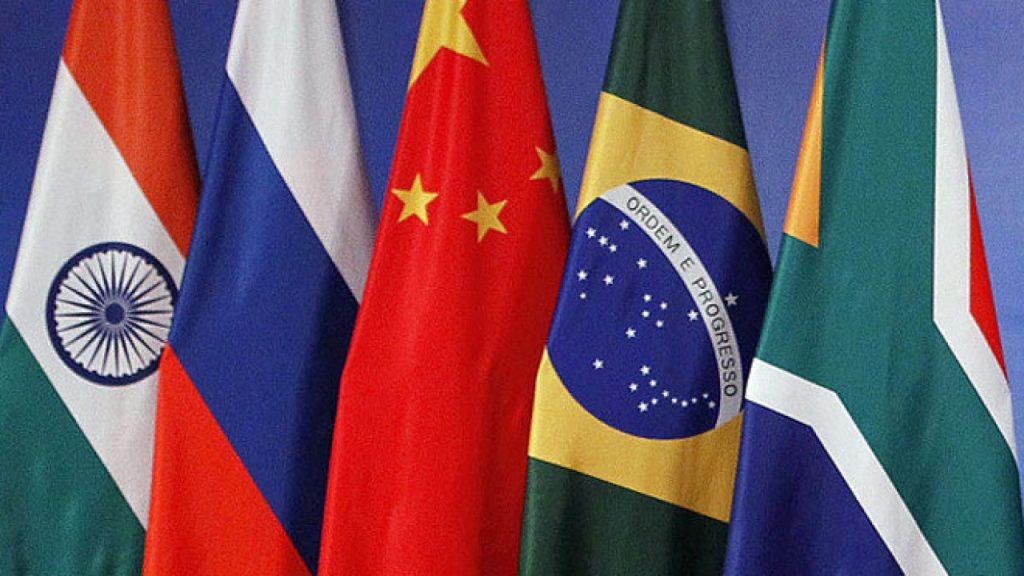
Starting out as BRIC in 2009, the group became BRICS in 2010 with the inclusion of South Africa. It was formed to collectively voice the concerns of the developing world for reforming the global financial system and build a more just new international economic order. At India’s proposal in 2012, the New Development Bank (NDB) or the BRICS Bank was established after the 2014 Fortaleza Summit. Following the 2013 Edward Snowden leaks about America’s NSA spying on world leaders by tapping into undersea optic cables known as the internet’s backbone, BRICS Cable was proposed. Setting up of an alternate financial transactions system to reduce dependence on US dominated SWIFT was also proposed.
BRICS provides an effective platform for India to voice its concerns over issues such as terrorism, food security, trade-distorting subsidies in the developed countries, and health sector. Last year the NDB extended one-billion-dollar loan to India and Brazil to deal with the pandemic. It is also a platform for India to engage with China in seeking common goals.
In late February this year, China had supported India hosting this year’s BRICS summit, stating its desire to cooperate with New Delhi to strengthen this group. Post the Quad summit, China is now calling India a ‘burden’ for the BRICS because of her willingness to participate in an ‘exclusive clique’ that is driven by ‘Cold War mentality’. If it is signalling an unwillingness to cooperate with India in forums such as BRICS because of her increasing relationship with USA, should New Delhi be worried?
BRICS versus Quad: Either-Or for India?
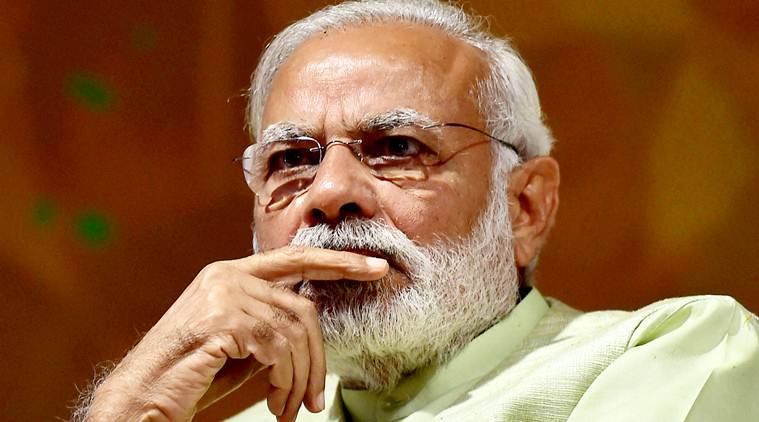
The Chinese mouthpiece’s article creates a scenario wherein India seems to be stuck in a zero-sum game- if it chooses Quad, it loses BRICS. As far removed from reality as this notion is, a quick comparison of the two groups can help put things in perspective:
First, Quad is conceptualized exclusively with Chinese expansionism in mind, and its impact on the participating nations. It has clear strategic interests and implications. BRICS has China as partner, though a partner with larger influence. For example, it has 40-billion-dollar initial investment in the NDB as against 18 by India, and 18 by Russia. Even though equal amounts were utilized to initiate NDB and the excess was siphoned to contingency pool, it is naïve to think that this does not lend China an advantage over others. If Quad is viewed as USA’s tool for China’s containment, BRICS is also seen as a China-centric platform dominated and used by it to further its own agenda. For instance, NDB does finance BRI projects.
Second, BRICS help voice concerns of those neglected by the USA led world order dominated by the developed world to the disadvantage of the developing world. It is an example of growing South-South cooperation. A good example of BRICS calling out the unfairness of dominant world order is that all members of the NDB get an equal vote, unlike the World Bank where votes are decided by share in the capital to the obvious advantage of the developed countries at the cost of poorer countries. As noble as the causes of BRICS are, ultimately the actions of the BRICS nations are guided not by lofty principles but by calculation of self-interest. These nations only came together to form this group after a suggestive report from Goldman Sachs, not by a natural convergence of mutual interests.
There are huge disagreements between the BRICS nations that often undermine the spirit of South-South cooperation that BRICS stands for. For example- China has consistently opposed India’s bid for a permanent seat in the UN Security Council. India recently opposed the expansion of Special Drawing Rights at IMF because that would result in an increase in China’s vote share. In fact, developing countries face the worst hardships because of the spread of Wuhan virus, and China’s debacle of cooperation with WHO.
Third, BRICS is guided by long-term, legitimate goal of making the world order fairer for the global south. Whether or not it lives up to its expectations because of the member’s conflict of interests is a different matter. Quad is solely based on the goal of constraining an increasingly belligerent China. If any one member of the quad backs out, the group ceases to exist. BRICS is a functioning reality. It has rule based institutions in place to guide its engagements. Quad is still uncertain about its ambit and ambitions.
Inter-state relations are too complex and should be understood thus, especially in a world of increased interdependencies. India and China are geographically too close, and their relationship too complex to freeze due to a strategic dialogue. Despite a decline, China sold around 66-billion-dollar worth of imports to India. India’s exports to China rose to 20 billion dollars. Floods and locust infestations forced China to import rice from India. Just as China treads on India’s toes to secure its interests and India raises its objections, India is looking to secure its own national interests and China is objecting. China built CPEC through PoK without caring for India’s consent for geopolitical reasons.
India has refused joining China’s dream project, the Belt and Road Initiative, and has openly called out its political motives. Yet, they continue to cooperate on platforms such as BRICS, SCO, AIIB etc. Even Japan and Australia are a part of the RCEP to which USA is so opposed. In international relations, ‘either-or’ scenarios are rare, because there are no permanent friends or enemies. China’s rise has been aided by USA and its allies with an eye on its humongous market. Tibet was literally handed over to communist China on a silver platter. And now that the USA’s net gains are sinking, it is giving platforms to dissidents from China, raising issues of human rights abuses. Here is another example- USA which labels India as a major defence partner today had imposed sanctions on her after the Pokhran nuclear tests in 1998.
Realpolitik
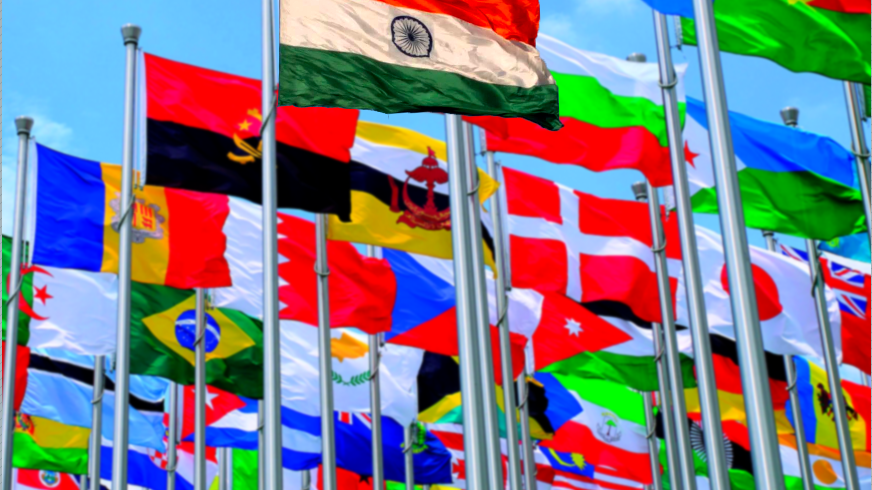
However, if push comes to shove, and India does come to a point where she has to choose between being part of only one of the two groups, India should choose the Quad. The maximum gains to be derived out of Quad outweigh maximum possible gains derivable out of BRICS. If Quad does not work out, and India is also no longer a part of BRICS, she only stands to lose one more underperforming multilateral platform dominated by China. It could also be another chance to demonstrate to the world China’s bullying behaviour.
In an anarchical world system, might is right and words are only as strong as the strength of the country voicing it. USA was able to set the rules of international engagement in its favour because of its predominant strength. Similarly, China’s ability to challenge American narrative is based on the strength of its economy. The power to change or set the narrative directly derives from strength in terms of real politics.
If the Quad dialogue does lead to fruition of something substantial for India, in terms of strategic advantages or any other aspect, then New Delhi must not let the chance of creating a strong alliance against China slip by. As per the Mandal theory, China is India’s natural enemy, and is firmly allied with India’s other natural enemy Pakistan. On the other hand, India, USA, Japan are China’s enemies, and Australia also by extension. For geo-strategic counter-balancing, Quad is a very good option for India.
An honest review of the outcomes of India’s appeasing foreign policy approach to China is needed. What has India really gained in trying to avoid upsetting China? – ‘Hindi-Chini bhai-bhai’ culminated in 1962 aggression, CPEC is a clear breach of India’s sovereignty, heavy trade deficit, escalating border conflicts, blatantly absurd claims over Indian sovereign territory, opposition to permanent seat for India in UNSC, opposition to India’s membership of NSG, blame for spread of Wuhan virus, worsening of relations with Nepal, and more in the same spirit. Indian leadership should realize the fact that it has nothing substantial to gain from its relation with an expansionist, muscle-flexing communist China. Because communist China is driven by its ‘middle kingdom’ approach, it is not looking for partners. It is looking for vassals, the kind of relationship it has with Pakistan and North Korea. India should earnestly work towards capacity building, and gain leverages over China wherever possible. Opportunities such as Quad should be utilized because ultimately it is these international equations which will keep China’s imperialist tendencies contained.
As for China, it must not remain blind to the most glaring lacuna of its current foreign policy- it needs allies to maintain its upward swing. Quad was buried after its initial exposition, but it is China’s economic bullying of Australia and PLA’s spiked batons at Galwan that catalysed the Quad’s revival. Belligerent behaviour coupled with nonchalance towards legitimate concerns of other countries, while preaching humanity and win-win cooperation will only yield negative results in the long run.
(The views expressed are author’s own and do not necessarily reflect the views of SamvadaWorld)
Political Science research scholar
